Sage (Salvia officinalis), an aromatic herb known for its earthy flavor and myriad medicinal properties, has long held a vital place in global cuisines, traditional healing practices, and cultural rituals. From enhancing poultry dishes to treating digestive ailments, sage’s versatility and demand have remained consistent over the centuries. In the modern era, the production and export of sage have evolved into a competitive industry, driven by consumer demand for natural remedies and culinary herbs. But which country leads the world in sage production?
Let’s explore the answer in-depth, examining the top producing country, key production data, reasons for dominance, and its role in global markets.
Understanding Sage: A Global Herb
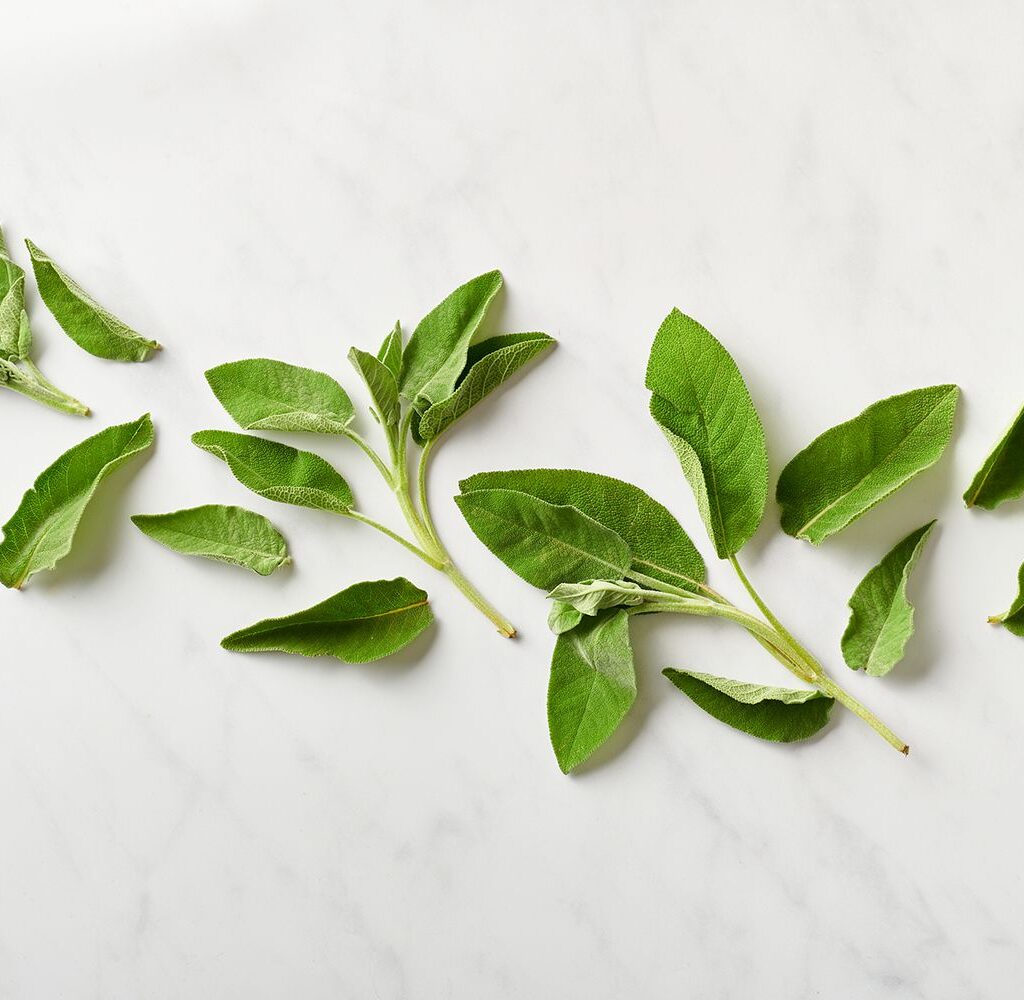
Sage is a perennial, evergreen subshrub with woody stems, grayish leaves, and blue to purplish flowers. Indigenous to the Mediterranean region, sage thrives in warm, dry climates with well-drained soil. Over time, it spread to many regions across the world, where it’s now cultivated both for domestic consumption and export.
Sage is commonly used:
- In cooking (especially Mediterranean, European, and American cuisines)
- As a natural preservative
- In herbal teas
- In traditional medicine for inflammation, memory support, and digestion
Global Sage Production Overview
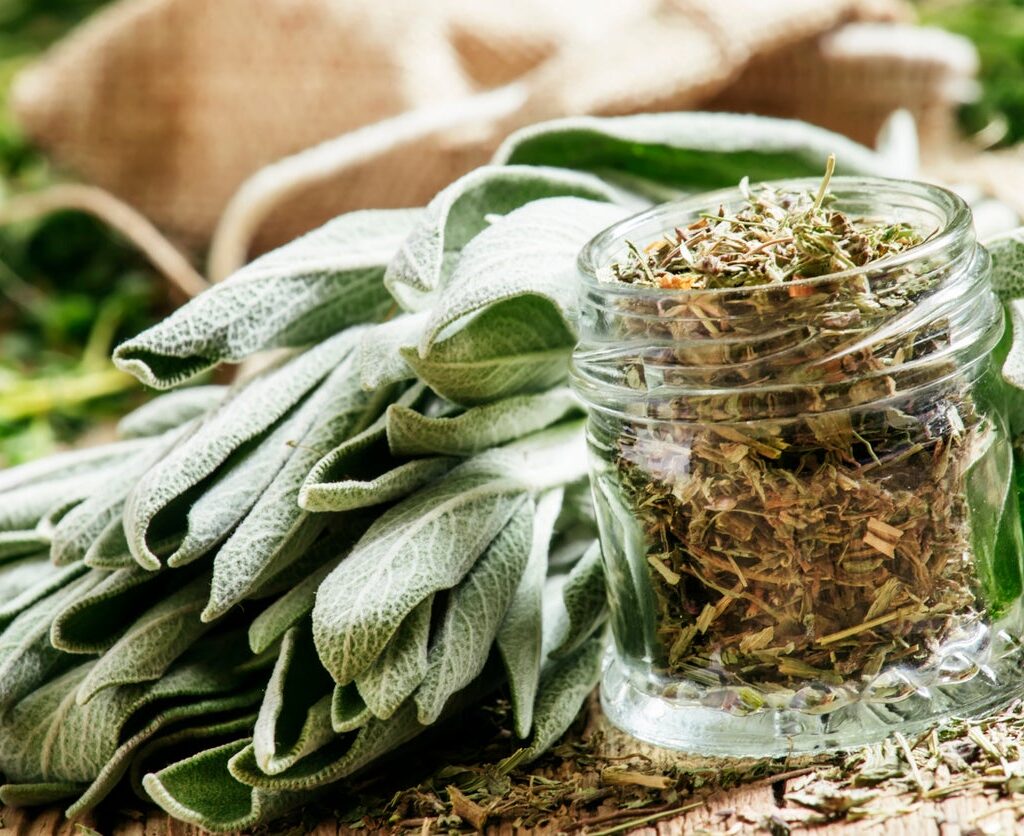
The demand for sage has surged in recent years due to growing health awareness and the popularity of herbal supplements and natural food flavors. Several countries cultivate sage commercially, including the United States, Turkey, Albania, and Morocco. However, Turkey stands out as the largest sage producer in the world, leading both in volume and export.
Turkey: The Largest Sage Producer in the World
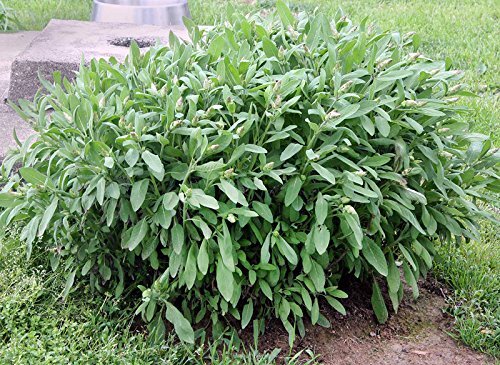
1. Production Volume and Growth
Turkey dominates the global sage market, producing an estimated 6,000 to 7,500 metric tons annually of dried sage. While exact statistics can vary by year, data from Turkish agricultural bodies and trade records consistently show Turkey as the top producer.
The major sage-producing provinces in Turkey include:
- Denizli
- Aydın
- Muğla
- Isparta
- Burdur
These regions benefit from the country’s ideal Mediterranean climate—dry summers, mild winters, and ample sunshine—making them perfect for cultivating sage.
2. Types of Sage Grown
Turkey primarily cultivates:
- Salvia officinalis (common garden sage)
- Salvia fruticosa (Greek sage, often used in teas and cosmetics)
Both varieties are popular in international markets, especially in Europe and the Middle East.
3. Export Powerhouse
Turkey is not just a top producer but also the leading exporter of sage. According to the Turkish Exporters Assembly and FAOSTAT:
- Turkey accounts for over 25-30% of the world’s sage exports
- Main export destinations include Germany, the United States, the United Kingdom, and France
The Turkish government, through the Ministry of Agriculture and Forestry, supports sage growers by offering organic certification support, promoting good agricultural practices, and funding research on sage species.
4. Why Turkey Leads in Sage Production
Several factors contribute to Turkey’s dominance:
- Climate Advantage: The Mediterranean climate suits sage growth perfectly, enhancing oil concentration and flavor in the leaves.
- Abundant Agricultural Land: The western and southwestern regions offer fertile lands ideal for herb farming.
- Labor and Tradition: Turkey has a long tradition of medicinal herb cultivation. Farmers have generations of knowledge and experience in growing and processing herbs like sage.
- Government Support: Strong agricultural policies and export incentives have helped establish a robust sage industry.
- Organic & Sustainable Farming: A significant portion of Turkish sage is grown organically, appealing to eco-conscious markets globally.
Other Leading Sage Producers
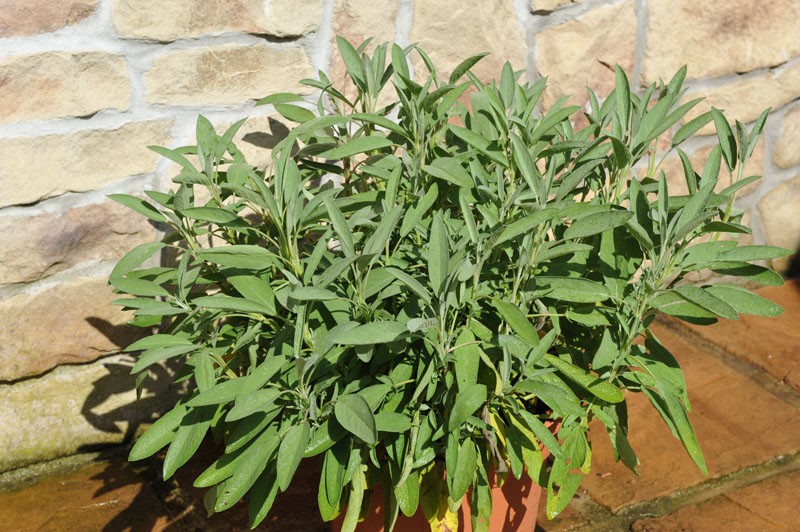
While Turkey holds the crown, several other countries also contribute significantly to global sage production.
United States
The U.S., particularly California, is a major grower of sage—mostly cultivated for culinary use and landscaping. California white sage (Salvia apiana) is also significant in Native American rituals and is in high demand for spiritual purposes.
Albania
Albania produces large quantities of wild sage, especially from the mountains of southern Albania. The country exports sage to Europe and the U.S., though it relies more on wild-harvesting than commercial farming.
Morocco
Morocco has been expanding its herb production, including sage, thanks to international investment in organic farming and sustainable agriculture. Moroccan sage is prized for its potency and aromatic profile.
Market Trends and Future Outlook
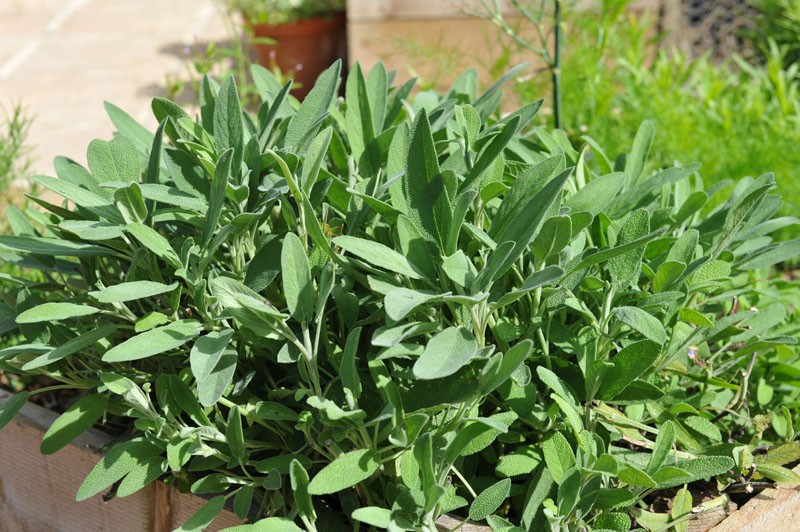
The global sage market is expected to grow at a steady pace due to several trends:
- Rising Health Consciousness: As people turn to natural remedies, the demand for sage in supplements, teas, and tinctures is on the rise.
- Clean-Label Food Movement: Food manufacturers are using sage as a natural preservative and flavor enhancer.
- Essential Oils and Cosmetics: Sage oil is increasingly used in aromatherapy, skincare, and haircare products.
- Sustainable Farming: Countries like Turkey are investing in sustainable, organic farming techniques to meet global eco-friendly standards.
Turkey is well-positioned to maintain its leadership due to its favorable environment, skilled labor, and government initiatives. However, rising competition from North Africa and Eastern Europe may push Turkey to further innovate and expand its production.
Conclusion
Turkey is undeniably the largest sage producer in the world, backed by favorable geography, a deep-rooted herbal culture, and strategic export policies. Its influence in the global sage market is not just due to high production volumes, but also the quality and consistency of its products.
While other countries like the United States, Albania, and Morocco contribute significantly to the sage supply chain, none rival Turkey’s combination of tradition, scale, and market reach.
As demand for natural herbs continues to grow worldwide, Turkey’s leadership in sage production is likely to strengthen, offering valuable lessons in sustainable herb agriculture and export-driven growth.
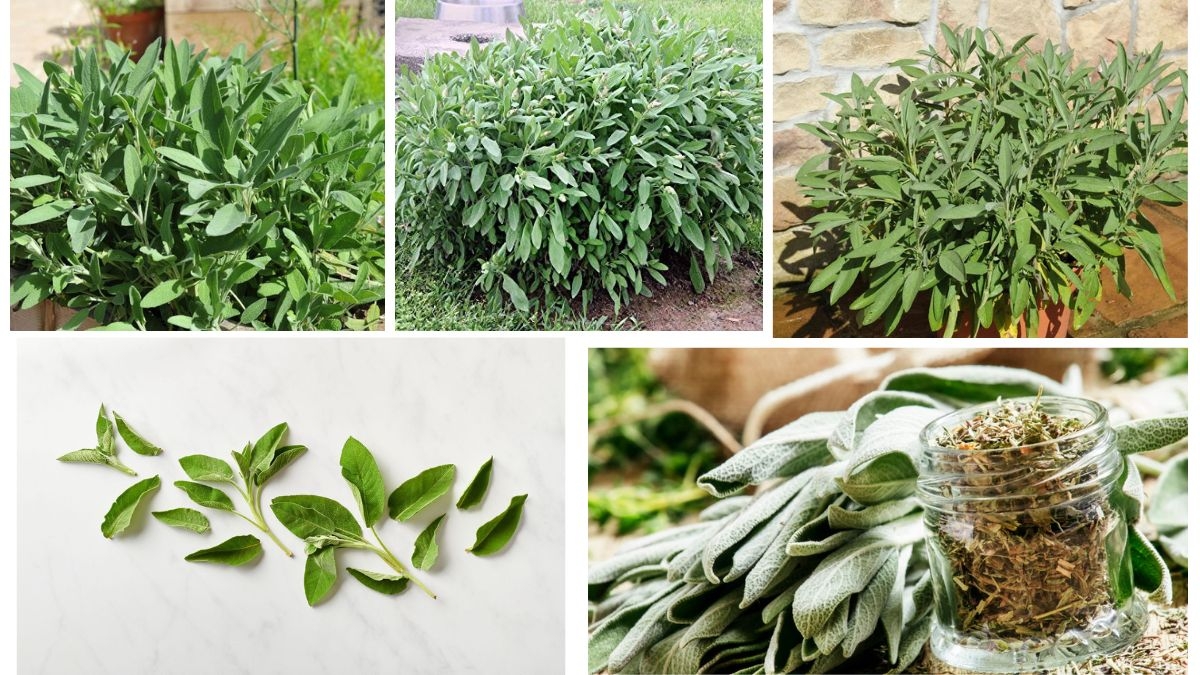
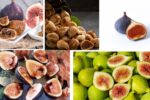
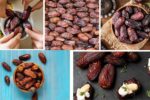
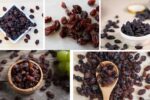
Leave A Comment